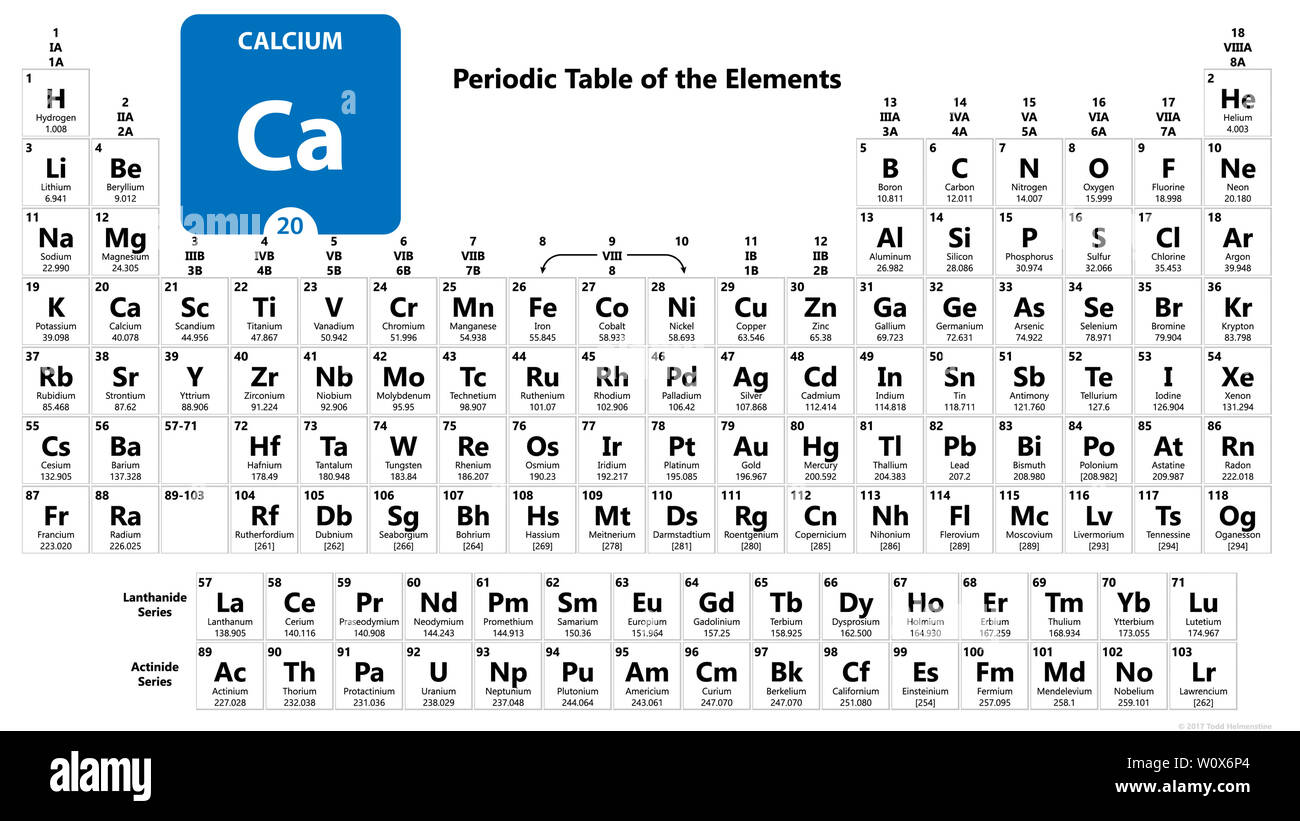

The hydride is obtained by the direct combination of hydrogen with the metal. CaH 2 is a high meting crystalline solid, that conducts electricity in a fused state and liberates hydrogen on electrolysis. Chemical compounds Calcium hydrideĬalcium hydride is formed by ionic bonding due to the high electropositive character and large size of the metal. Thermal stabilities of carbonates, nitrate, and sulfates are also increased from Ca to Ra. The properties of elements like Ca, St, Ba, Ra, and their compounds are systematically and gradually changed with the increasing atomic number.Įlectropositive or metallic character and ionic radius increase from calcium to radium. These two electrons are always involved together to show the uniform bivalency of the metal. Grup-2 elements of the periodic table are characterized by two valence electrons in an s-shell of the atoms. A layer of fused electrolyte protects the metal from oxidation. The produced metal is deposited on the cathode in the form of a rod when the electrolysis proceeds. A water-cooled iron cathode hangs into the fused electrolyte. The electrolysis is carried out in a graphite pot serving as an electrode or anode. Some fluorspar (CaF 2) was added due to the lower temperatures for fusion. It is produced on a commercial scale by electrolysis of fused CaCl 2. It is the first lightest element that contains six naturally occurring isotopes. The radioactive isotope 48Ca (half-life of about 4.3 × 10 19 years) can be considered stable. Naturally, occurring calcium is a mixture of five stable isotopes like 40Ca, 42Ca, 43Ca, 44Ca, and 46Ca. Therefore, we need to eat Ca-reached foods or vegetables that sustain the deficiency of Ca in our bodies.ĭairy products (milk, yogurt, cheese) and vegetables like green leaf, beans, broccoli, brussels sprouts, collards, kale, and mustard greens are the main sources of calcium for our daily requirements. Sources of calciumĮvery day we lose calcium from our body through our skin, nails, hair, sweat, urine, and feces but our body cannot produce it. Gypsum (CaSO 4, 2H 2O), fluorspar (CaF 2) and apatite are important minerals of calcium. The very low solubility of CaCO 3 is the most probable reason for the absence of a significant amount of Ca +2 ion in sea- water. Weathering and leaching lead to the formation of minerals calcium carbonate (CaCO 3) or limestone in earth soil. It is concentrated in minerals that are probably separated during the main stage of the crystallization of magma. It is the fifth most abundant element (3.63 percent) in the earth’s crust. Some important properties of the metal are given below the table, Properties of Calciumĭue to two electrons in the valence s- orbital, calcium was placed in the s-block of the periodic table with other group members beryllium, magnesium, strontium, barium, and radium. The s 2 configuration leads to inclusion in Group-2 or IIA of the periodic table. It possesses a 4s 2 valence shell electronic configuration over the previous noble gas argon. It is formed a face-centered cubic crystal lattice with a higher melting point than alkali metals.


Therefore, the common oxidation number or state of Ca is +2. The electronic configuration of calcium suggests that the metal has two s- electron available for chemical bonding. It is a silvery-white, lustrous, and relatively hard metal than alkali metals.

About 90 percent of the calcium in the human body is used to make our bones and teeth.


 0 kommentar(er)
0 kommentar(er)
